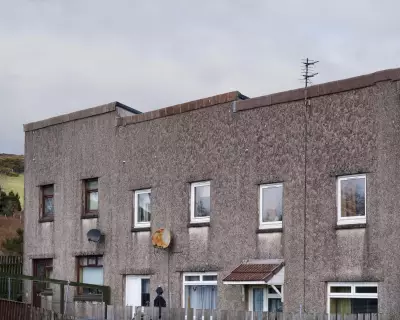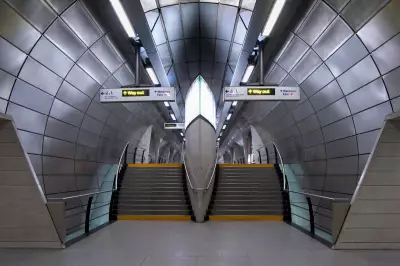
The UK property market is witnessing an unexpected revolution, with homes requiring significant work selling at breakneck speed while pristine properties linger longer on the market. According to recent analysis by estate agency Hamptons, the traditional hierarchy of property desirability is being turned upside down.
The Speed Difference
Properties classified as needing 'major improvements' are now spending an average of just 26 days on the market before finding a buyer. In stark contrast, homes described as being in 'good condition' are taking 38 days to sell – nearly 50% longer. This remarkable shift indicates a fundamental change in buyer behaviour and market dynamics.
What's Driving the Fixer-Upper Frenzy?
Several factors are contributing to this surprising trend:
- Financial accessibility: Lower purchase prices make these properties more attainable for first-time buyers and those priced out of the move-in-ready market
- Customisation potential: Buyers increasingly value the opportunity to create their dream home rather than settle for someone else's taste
- Investment mindset: Many purchasers see the renovation process as a way to build equity rather than simply acquire a home
- Changing priorities: The post-pandemic era has shifted what people want from their living spaces
Regional Variations
The trend is particularly pronounced in certain areas. In Wales, fixer-uppers are selling an astonishing 60% faster than well-maintained homes. The North East and Scotland are also seeing significant disparities, suggesting this isn't just a London-centric phenomenon.
Expert Insight
David Fell, senior analyst at Hamptons, notes: "We're seeing a generation of buyers who've grown up watching renovation shows and are more confident about taking on projects. Combined with the financial necessity of finding more affordable options, this has created perfect conditions for the fixer-upper market to thrive."
The Financial Reality
While the initial purchase price might be lower, buyers should carefully consider the true cost of renovations. With construction materials and labour costs rising, the financial gap between a fixer-upper and a turnkey property might be narrower than it first appears. However, for many, the opportunity to spread costs over time makes this approach more manageable.
This trend represents a significant shift in the UK housing landscape, suggesting that the traditional premium for ready-to-live-in properties may be diminishing as buyers become more adventurous and financially pragmatic.





